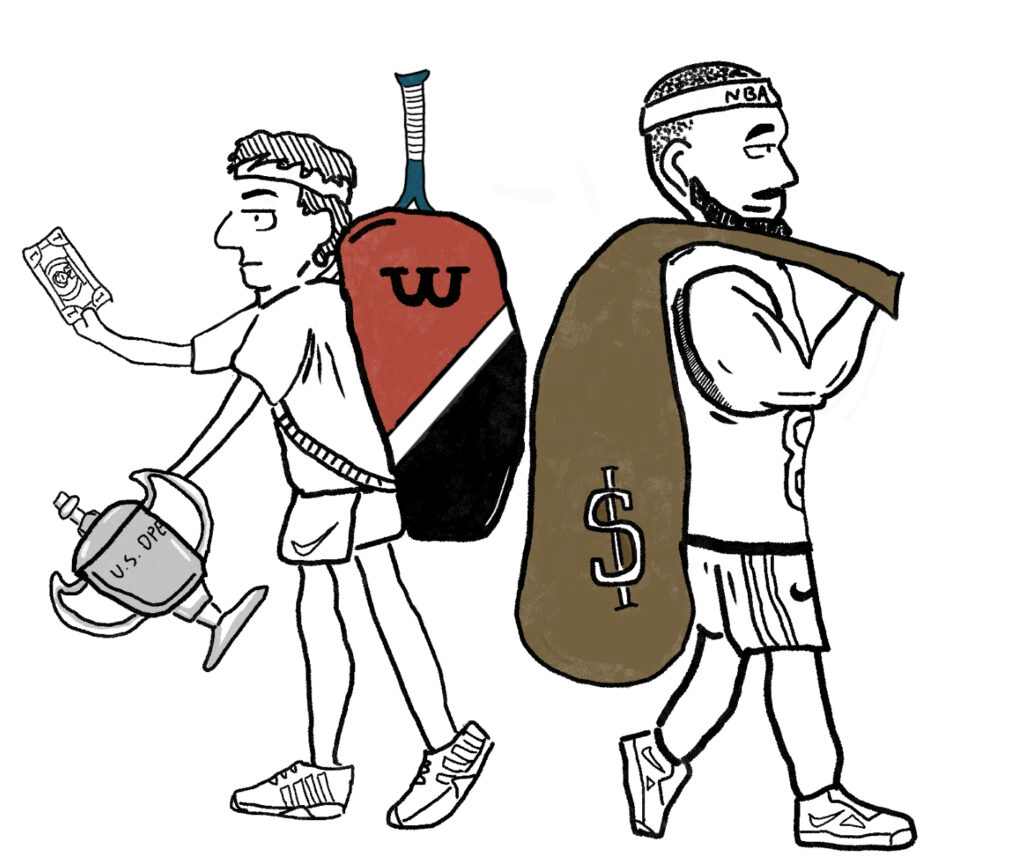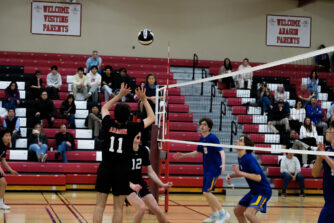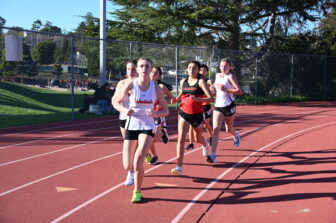
Credit: Ian Wang
Olympic swimmers, some of the best athletes in the world, make between $100,000 to $1 million annually, depending heavily on competition winnings and sponsorships. In stark contrast, the average National Football League player makes around $2.7 million annually, with top players such as Patrick Mahomes earning over $50 million annually.
This poses the question: how should athletes be compensated? The pay gap between athletes is largely driven by media bias. Talented athletes in less publicized sports are often underpaid compared to those in high-profile sports.
Certain sports, such as football, are prioritized year-round, often leading to the neglect of others. Patrick Mahomes, for example, signed a $503 million deal over 10 years, according to Fox Business, which earns him about $50 million annually. On the other hand, Michael Phelps, despite his record 23 Olympic gold medals, relied primarily on sponsorships for his earnings throughout his career. At his peak, he was making about $10 million annually according to Forbes, a small amount compared to Mahomes’ yearly $50 million.
Despite swimming’s popularity in the Olympics, it seldom receives coverage outside the games. The disparity in year-round media exposure leads to athletes being financially impacted, while players in sports such as the NFL benefit from continuous media exposure.
Furthermore, the National Basketball Association generates an average of $10 billion per season. The average NBA player makes about $10 million annually, with top players making over $40 million yearly, according to Sportsnaut. In comparison, sports like gymnastics rely heavily on Olympic exposure for coverage. Simone Biles, one of the highest- paid gymnasts in the world, only earns about $5 million annually, according to Sporting News. These earnings are mostly through endorsements, since competition earnings are minimal in comparison to NBA and NFL salaries.

This disparity demonstrates compensation for athletes in sports is often a reflection of the commercial value of the sport, rather than talent.
Helen Glover and Mahe Drysdale, both of whom have won gold medals and have excelled in rowing, only make around $50,000 to $100,000 annually according to World Rowing. Additionally, athletes in sports such as badminton experience similar issues. PV Sindhu, an Indian badminton player, in spite of her Olympic silver medal, only earns about $7 million annually, according to the National Herald.
While this may seem like a reliable income source, this is what the top players are earning. Professional players who have not excelled as much earn far less, making it difficult for them to have a steady income and make a living.
When compared with leagues such as the NFL and the NBA, the small salaries of these top players raises concerns. Despite excelling at the highest levels, many athletes face challenges due to limited media coverage, and in turn, limited sponsorship opportunities.
Regular streaming events for sports such as rowing, fencing, table tennis and water polo on accessible platforms allow these sports to have regular, year-round engagement beyond the Olympic seasons. More fan engagement opens up doors for more endorsement and sponsorship opportunities for deserving athletes.
The pay gap across different sports is unjust, as it reflects popularity that comes and goes with trends, rather than the merit of athletes. The financial disparity must be addressed to ensure that athletes receive fair compensation for their hard work and dedication to their sport. Advocating for a higher visibility for smaller sports fosters a more inclusive athletic community which values hard work, skill and commitment across all sports.



